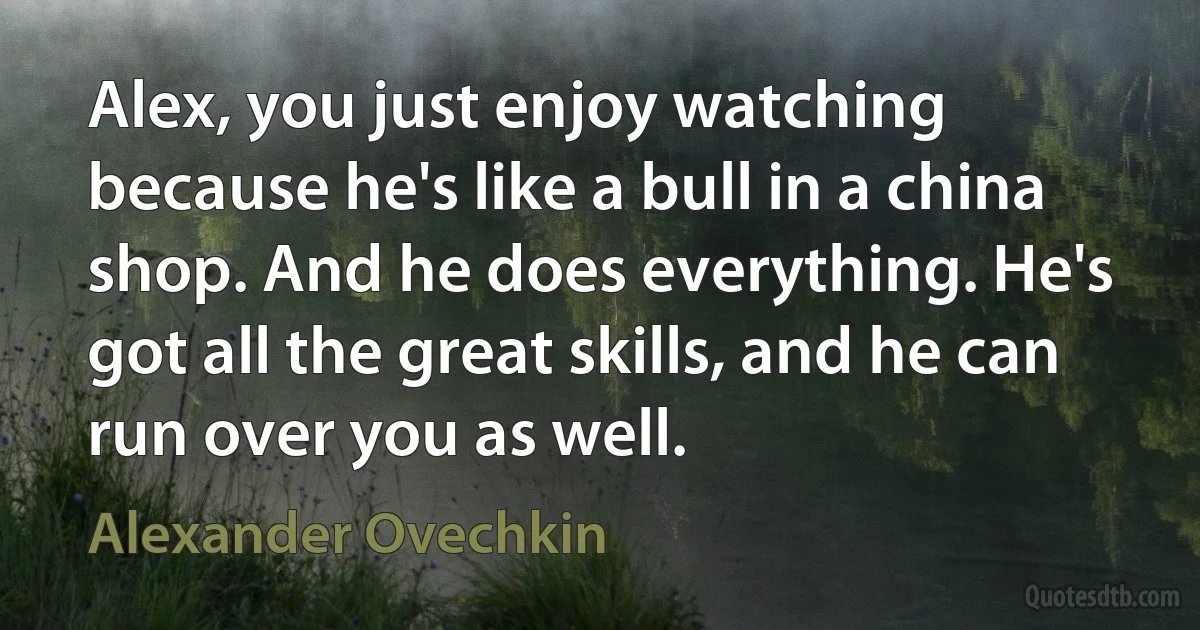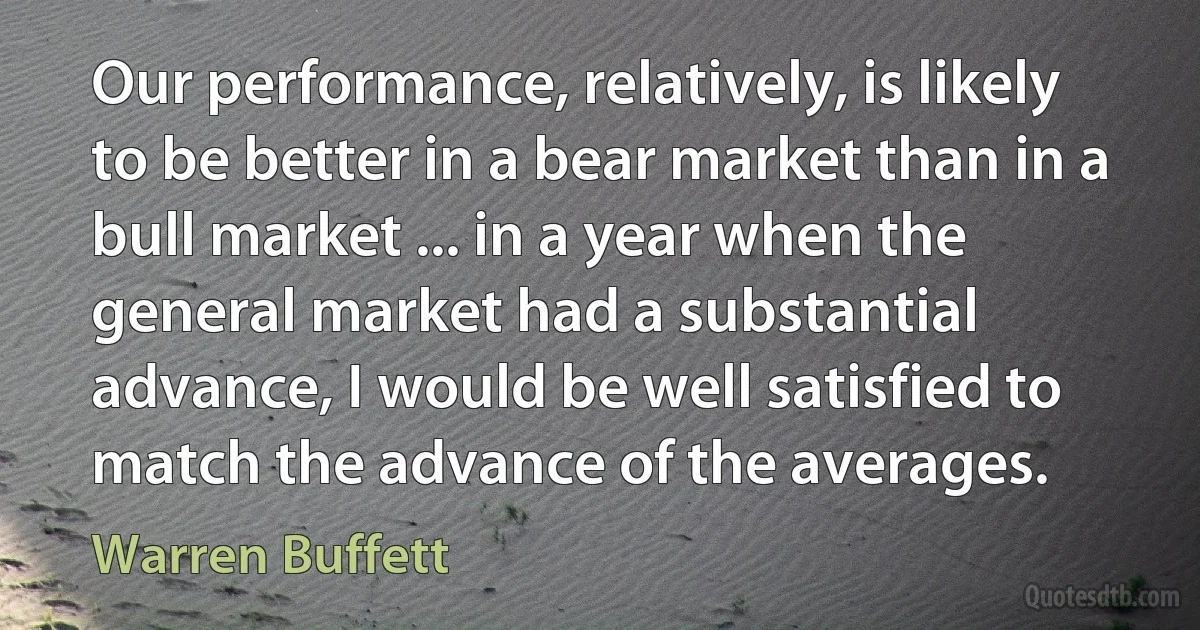Bull Quotes - page 4
With a long slow stride, limping a little from his blistered feet, Bud walked down Broadway, past empty lots where tin cans glittered among grass and sumach bushes and ragweed, between ranks of billboards and Bull Durham signs, past shanties and abandoned squatters' shacks, past gulches heaped with wheelscarred rubbishpiles where dumpcarts were dumping ashes and clinkers, past knobs of gray outcrop where steamdrills continually tapped and nibbled, past excavations out of which wagons full of rock and clay toiled up plank roads to the street, until he was walking on new sidewalks along a row of yellow brick apartment houses, looking in the windows of grocery stores, Chinese laundries, lunchrooms, flower and vegetable shops, tailors', delicatessens. (pp. 23-24)

John Dos Passos
Leninism is orthodox, obdurate, irreducible, but it does not contain so much as a hint of formalism, canon, not bureaucratism. In the struggle, it takes the bull by the horns. To make out of the traditions of Leninism a supra-theoretical guarantee of the infallibility of all the words and thoughts of the interpreters of these traditions, is to scoff at genuine revolutionary tradition and transform it into official bureaucratism. It is ridiculous and pathetic to try to hypnotize a great revolutionary party by repetition of the same formulae, according to which the right line should be sought not in essence of each question, not in the methods of posing and solving this question, but in formation of a biographical character.

Leon Trotsky
All dogs can become aggressive, but the difference between an aggressive Chihuahua and an aggressive pit bull is that the pit bull can do more damage. That's why it's important to make sure you are a hundred percent ready for the responsibility if you own a 'power' breed, like a pit bull, German shepherd, or Rottweiler.

Cesar Millan
The Lord works in mysterious ways. Mrs. Lansbury had always said that. Everything happens for a purpose.
Such bull. Such unmitigated crap. I felt my stomach knotting. Cancer didn't happen for any purpose. It tore people apart; if a god did create life, then he's a shoddy workman, churning out flawed, self-destructing products.

Robert J. Sawyer
Early artists considered the human body, that forked radish, that defenseless starfish, a poor vehicle for the expression of energy, compared to the muscle-rippling bull and the streamlined antelope. Once more it was the Greeks, by their idealization of man, who turned the human body into an incarnation of energy, to us the most satisfying of all, for although it can never attain the uninhibited physical flow of the animal, its movements concern us more closely. Through art we can relive them in our own bodies, and achieve thereby that enhanced vitality which all thinkers on art, from Goethe to Berenson, have recognized as one of the chief sources of aesthetic pleasure.

Kenneth Clark
But now he sleeps endlessly.
Now the moss and the grass
open with sure fingers
the flower of his skull.
And now his blood comes out singing;
singing along marshes and meadows,
slides on frozen horns,
faltering souls in the mist
stumbling over a thousand hoofs
like a long, dark, sad tongue,
to form a pool of agony
close to the starry Guadalquivir.
Oh, white wall of Spain!
Oh, black bull of sorrow!
Oh, hard blood of Ignacio!
Oh, nightingale of his veins!

Federico García Lorca
Mister Gladstone is an Englishman and a scholar. Had he walked by the side of that soldier, remembering Cromwell's Ironsides who trusted in God and kept their powder dry, and the old Continental militia, I think he would not have declared as he did that 'Jefferson Davis had created a nation', but he would rather have said, 'If Bunker Hill sends the first soldiers to this war, it is already decided. My lords and gentlemen, John Bull had better touch no American bonds which Bunker Hill does not endorse.

George William Curtis
We have to look at, culturally, what we celebrate in women versus what we celebrate in men...I love my family and I love being at home and cooking, but my husband does just as much of all of that as I do. We are equal partners in raising our kids, we are equal partners in what we do in the home, and we are equal partners in going out and working. Ambition is so important because you only live once. So where do you want to go? Who do you want to be? Well, take the bull by the horns and go for it. There's never going to be the perfect time to try something. More women should start companies.

Jessica Alba
I have been expecting the bull of the benefice of Medole which your Excellency gave me for my son Pomponio last year, and seeing that the matter is delayed beyond measure, and what is worse, that I have not received the income of the benefice - I find myself in a state of great discontent. It would be greatly to my dishonour and infamy, if my boy should be forced to change the priest's dress, which he wears with so much pleasure, after all Venice has been made acquainted with the gift made to him of this benefice by your Excellency.

Titian



